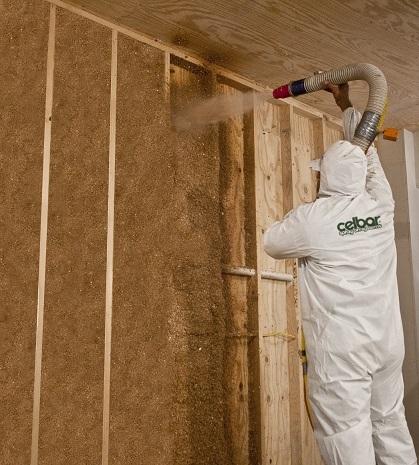Wall soundproofing, which may effectively reduce ambient noise and is currently experiencing a surge in popularity, can be completed in a manner that is surprisingly simple.
There are many different soundproofing methods available, but if you actually take the time to sit down, simplify the situation.
Also break it down into noise type and noise levels, then you will be able to determine whether you need to add mass.
Use sound absorption technology to address impact and vibration, or do both of these things.
As soon as you get the appropriate sound insulation for walls, you won’t have to worry about having to put up with the unwelcome noise that comes from noisy neighbors.
Making it possible to have a wonderful night’s sleep, free from the concerns and stress caused by unwanted noise and disruptive neighbors.
How to start soundproofing your wall?
First, be sure your expectations are acceptable. You shouldn’t expect the room to be completely silent.
The procedures used to soundproof a room will lower the amount of sound that travels from one room to another.
But they won’t eradicate the loudest noises. Yet, a homeowner or even a renter, in the case of the second technique might reduce, the amount of annoying and distracting sounds to a more manageable level by adopting the following ways.
These strategies apply to the soundproofing of any space, whether a home office, a nursery, a family room, or a bedroom.
If possible, you should implement the sound insulation for walls methods in the rooms adjacent to the one you are working on as well.
Other ways:
For the best possible results, implement soundproofing strategies not only on the wall that separates the main bedroom from the attached garage that serves as a workshop.
But also, on the wall that divides the garage from the interior of the primary bedroom. For instance, if the garage serves as a workshop.
Find out how to soundproof your bedroom or any other area so that you may create an environment where noises aren’t as distracting
Be wary of ineffective sound insulation for walls materials like:
If you’re looking for a way to reduce noise or absorb mid-range sound transmissions, soundproof paint is a good option.
When it comes to reducing noise, this paint is barely 30 thousand of inches thick, making it ineffective for most soundproofing applications.
Wallpaper with a soundproof layer: Soundproof wallpaper, like soundproof paint, is thin and does not live up to its promise of lowering noise efficiently.
Soundproof wallpaper is often just normal wallpaper with a thin coating of sound deadening material applied on top.
Things to avoid:
High and low-frequency sound waves are not sufficiently controlled by this product, which falls short of soundproofing a space.
Your yoga mat or mouse pad’s foam rubber won’t soundproof your walls. You can’t get the kind of soundproofing on your walls that you need.
Unless you use specialized noise reduction materials with foam, rubber, and other sound absorption components.
Tacking carpet to the wall will not successfully stop sound waves, unless you’re trying for an eclectic or “shabby chic” look.
Although carpet can help reduce some reverberation, its density is not high enough to reduce sound transmission.
Why going to Power House?
Since sound insulation for walls could be a bit of a hassle, it is better to leave this matter to the hands of professionals, in order to guarantee the best service with efficiency.
That is why choosing Power House is a wise option, as we want to make sure your job is done perfectly from the first time. These consultations are part of our service and are supplied at a very convenient price.
I am text block. Click edit button to change this text. Lorem ipsum dolor sit amet, consectetur adipiscing elit. Ut elit tellus, luctus nec ullamcorper mattis, pulvinar dapibus leo.



